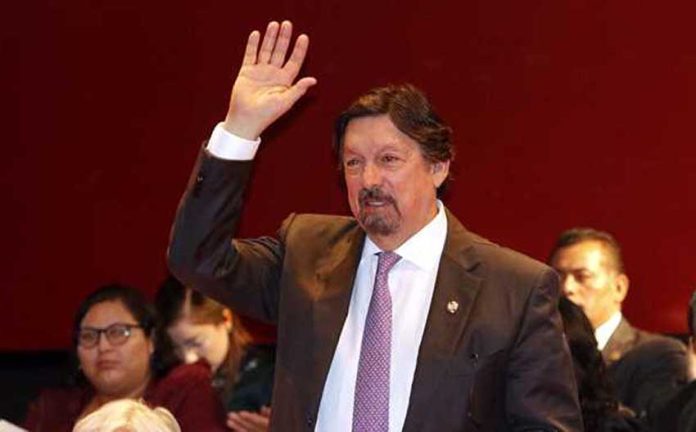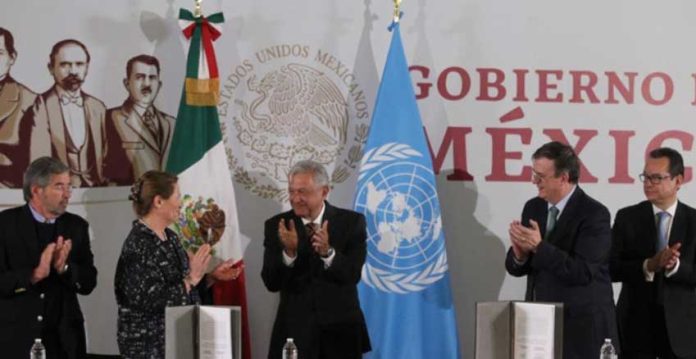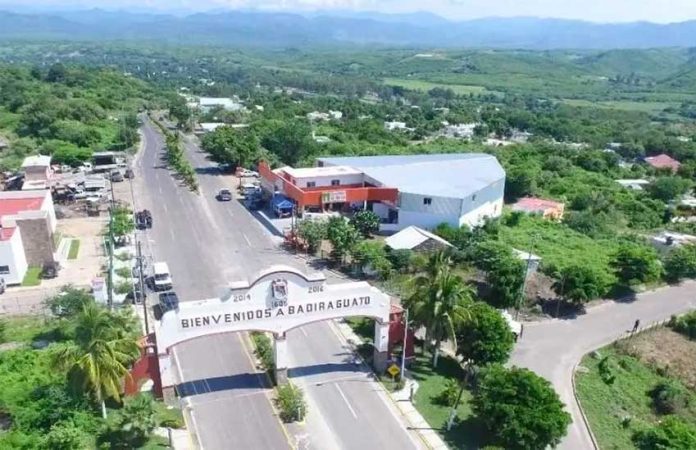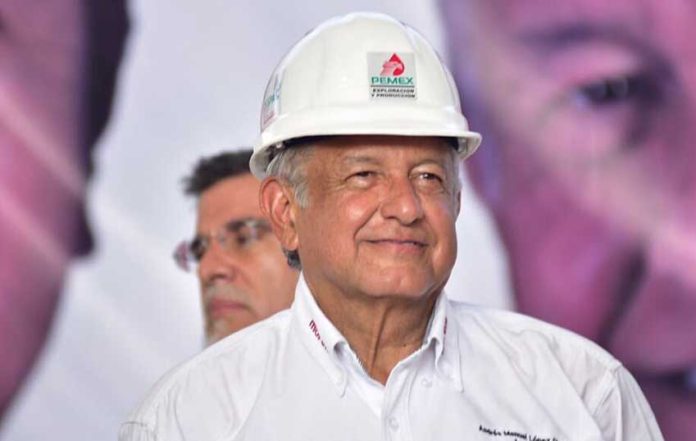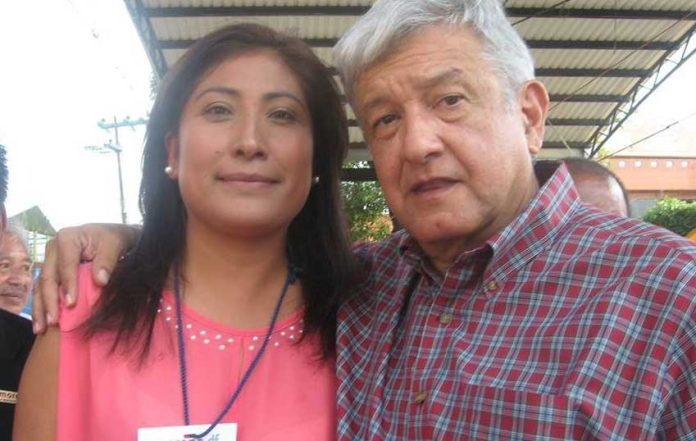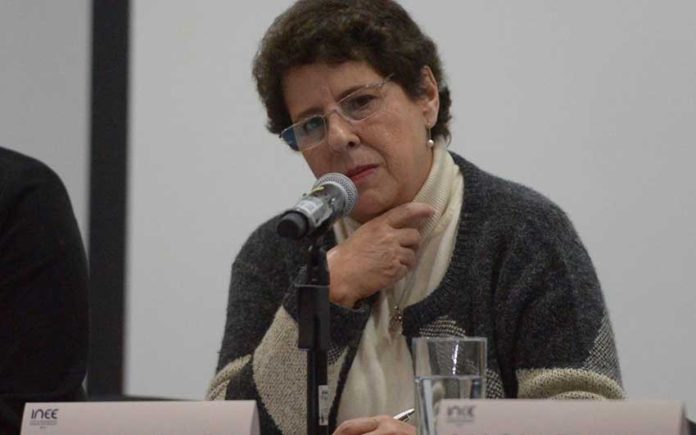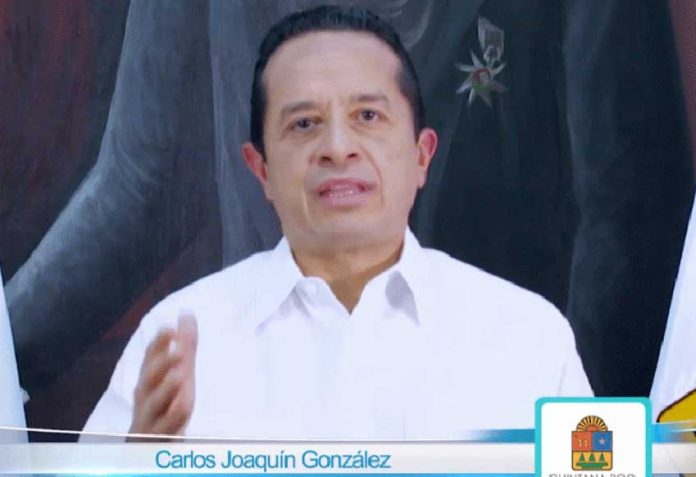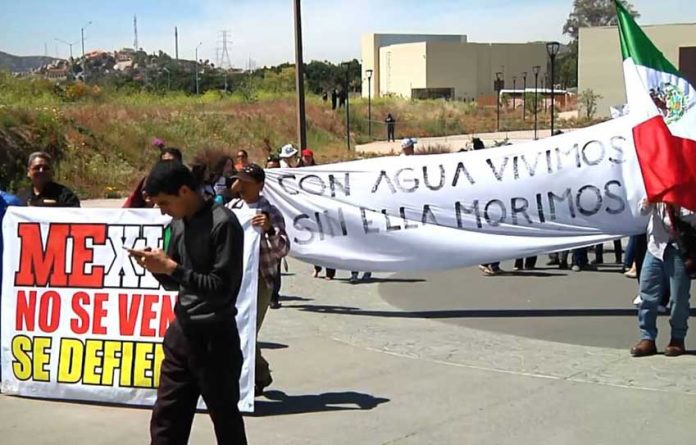A mining union leader and senator with Mexico’s ruling party presented a new labor federation yesterday that unites 150 unions, declaring that it will fight for the rights of a labor movement that was oppressed by past “neoliberal governments.”
Napoleón Gómez Urrutia, a controversial figure who has been accused of embezzling US $55 million from the National Union of Mine and Metal Workers, announced that the umbrella organization is called the International Confederation of Workers (CIT).
Despite his affiliation with the current administration, Gómez declared that the CIT is “not a government agency nor one of the political party Morena,” which is led by President López Obrador.
Speaking at mining union headquarters in Mexico City, he described government-appointed union bosses as “scum” who have lived off workers and called for old practices and vices that “destroyed and held back” the labor movement to be left behind.
“We’re going to move forward together, we’re going to support everything that represents the transformation of the work world towards labor justice [and] towards progress in union democracy. We’re going to support the free and secret vote so that workers exercise their right to choose the organization to which they belong and to choose the leaders that represent them,” Gómez said.
The union leader described the formation of the new confederation as a landmark in the history of Mexican trade unionism because it brings together organizations that are concerned about the country’s labor situation, the lack of representation for workers, abuses committed by employers and the absence of union democracy.
Gómez said that the recent strike action in Matamoros, which resulted in thousands of workers winning 20% pay raises and bigger annual bonuses, could spread and that the CIT would support them.
“As long as the conditions of exploitation continue for these workers, not just on the border but across the country, there is a risk that these conflicts will break out,” he said. “We will always be ready to advise and support them.”
Workers’ wages stagnated for decades in Mexico as pro-government unions cozied up with the once-dominant Institutional Revolutionary Party (PRI) to keep workers in check.
Gómez said that “we cannot continue to allow the labor sector to be left behind from the prosperity and progress in the country.”
He explained that while the objective of the CIT is “the unification of the labor movement,” it doesn’t intend to make trade unions disappear or steal their members.
Gómez said that United States labor groups such as the AFL-CIO, the largest federation of unions in that country, had expressed support for the CIT and declared that “it is time that we unions globalize ourselves” in a way similar to multinational companies.
However, he rejected any suggestion that foreign trade unions would interfere in the decisions and actions that the CIT takes, explaining that it was only “a question of solidarity.”
Gómez returned to Mexico last year to take up his position in the Senate after spending 12 years in exile in Canada, where he continued to run the mining union from Vancouver.
A group of 20,000 miners has accused him of stealing money owed to them in relation to the purchase of a state-owned mine by mining conglomerate Grupo México. The accusations have been described by Gómez as “political persecution.”
The leaders of several unions attended yesterday’s launch and congratulated Gómez for the formation of the new labor federation.
Among those in attendance was the secretary of the Michoacán branch of the STDSSM health care workers union, who said that for President López Obrador to achieve his promise to transform Mexico, a radical change to workers’ conditions is needed.
Guadalupe Pichardo also defended Goméz’s record as an advocate for the labor movement.
“We had never seen a union leader persecuted in such a way but comrade Napoleón was always with his working base. Let those who don’t defend the working class quiver,” she said.
Source: El Universal (sp), Associated Press (en)
